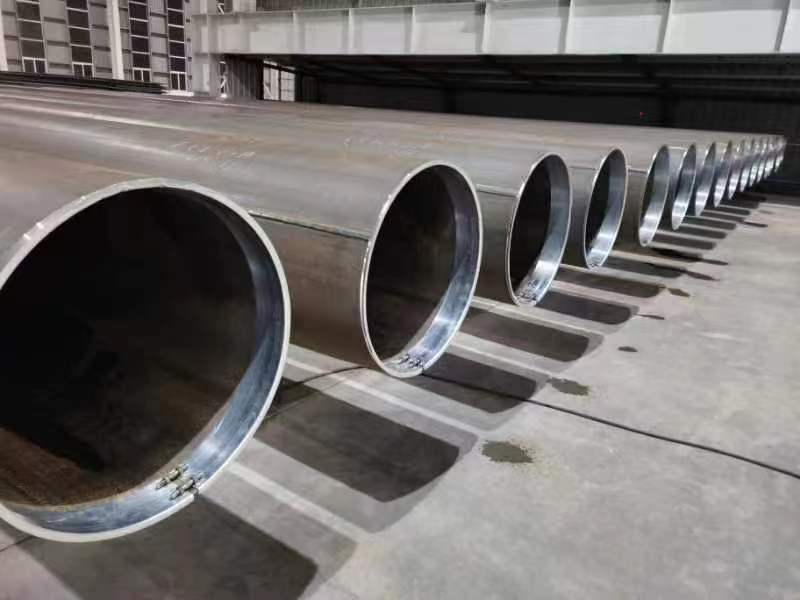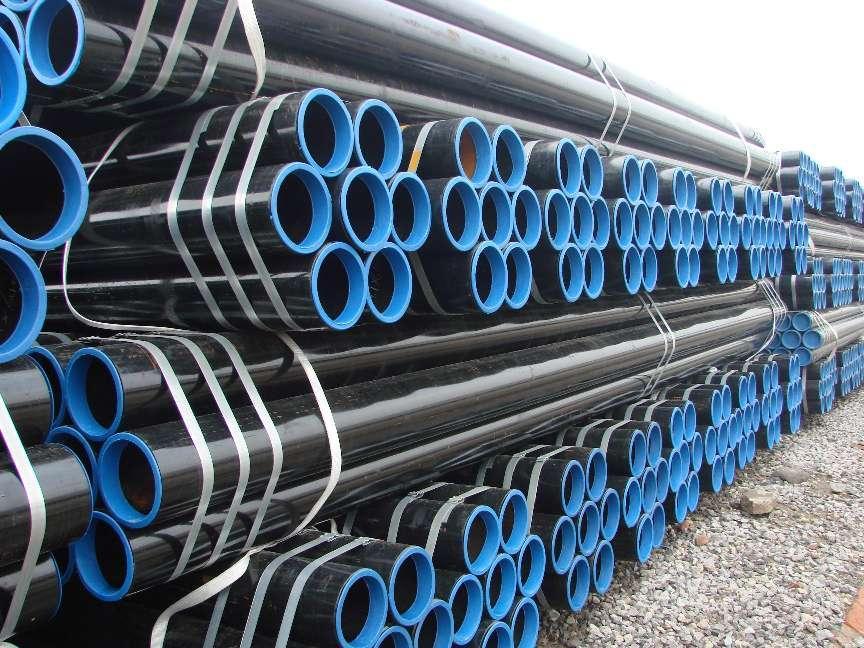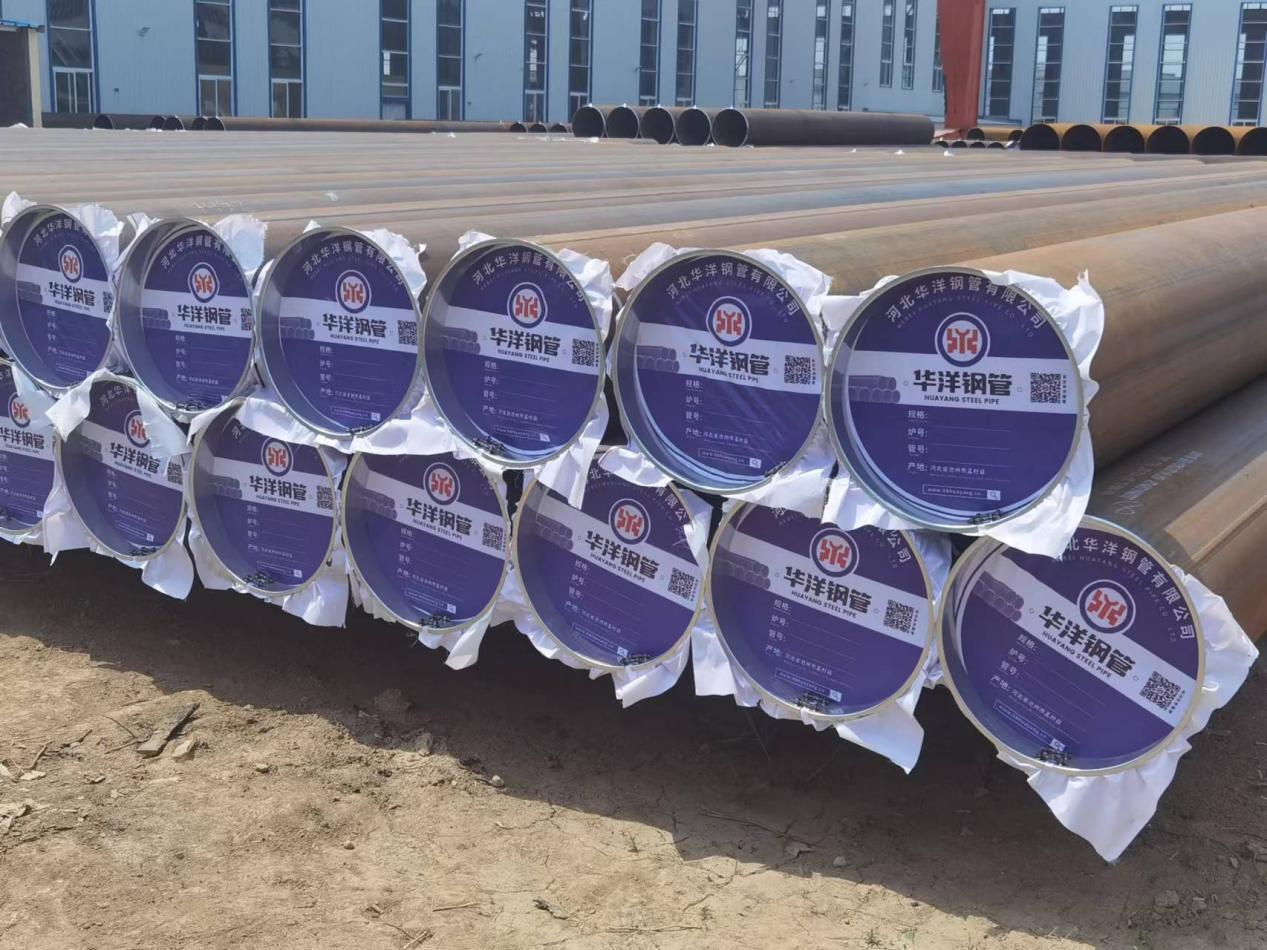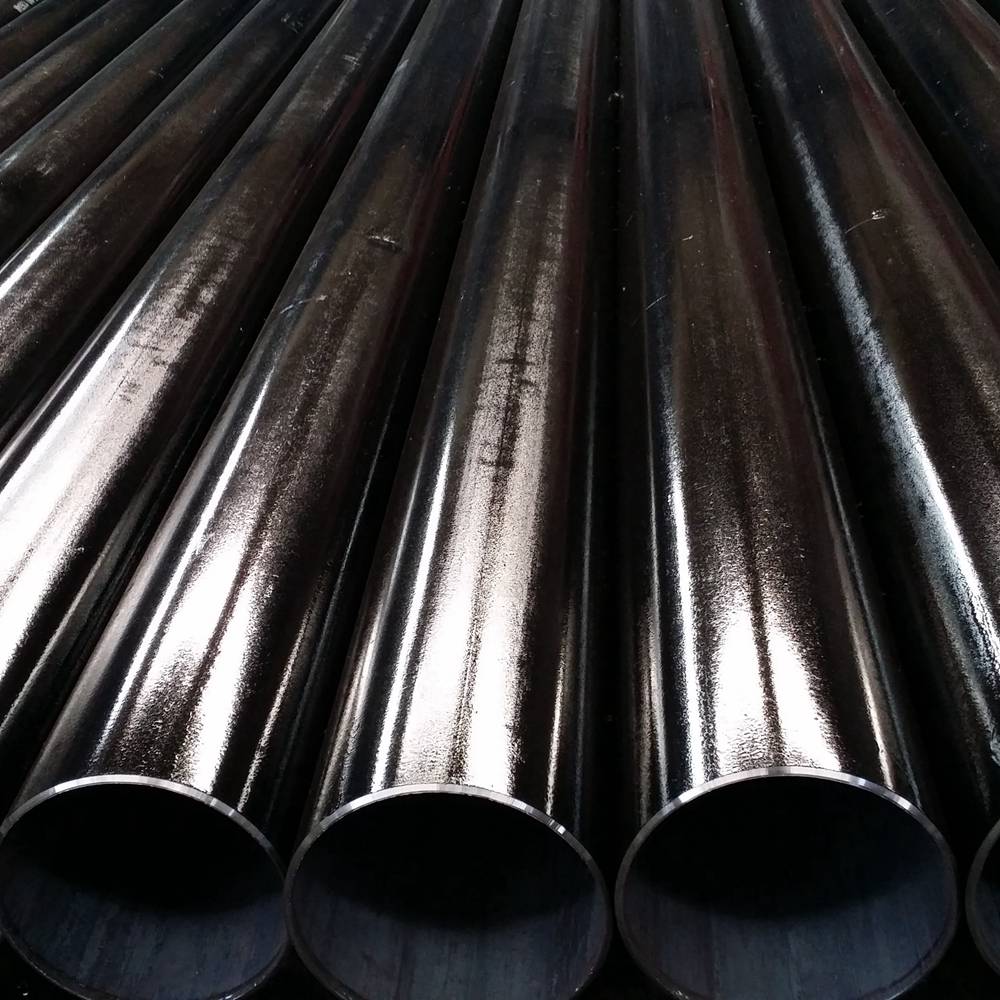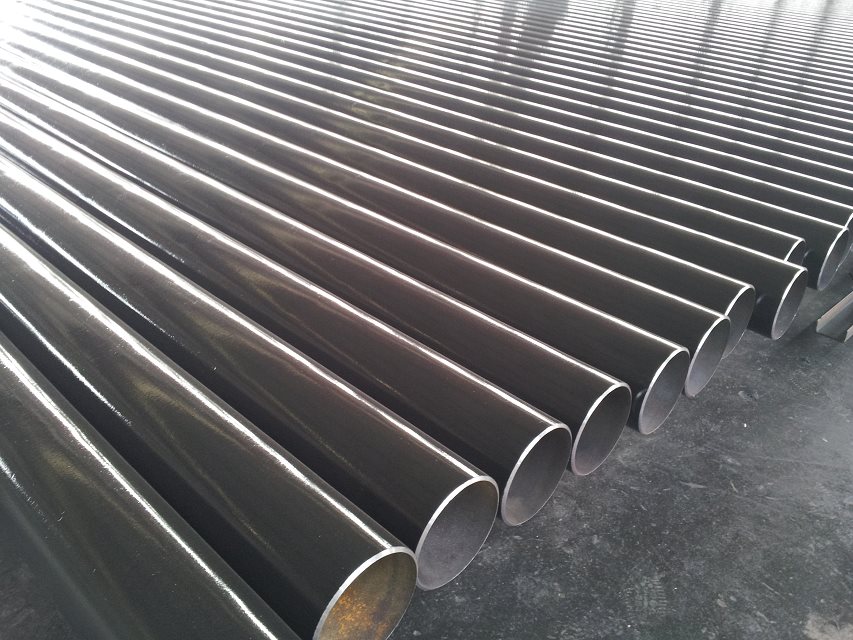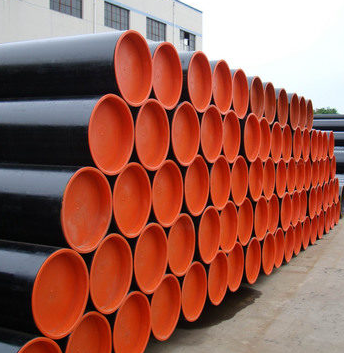Tag/hollow section
-
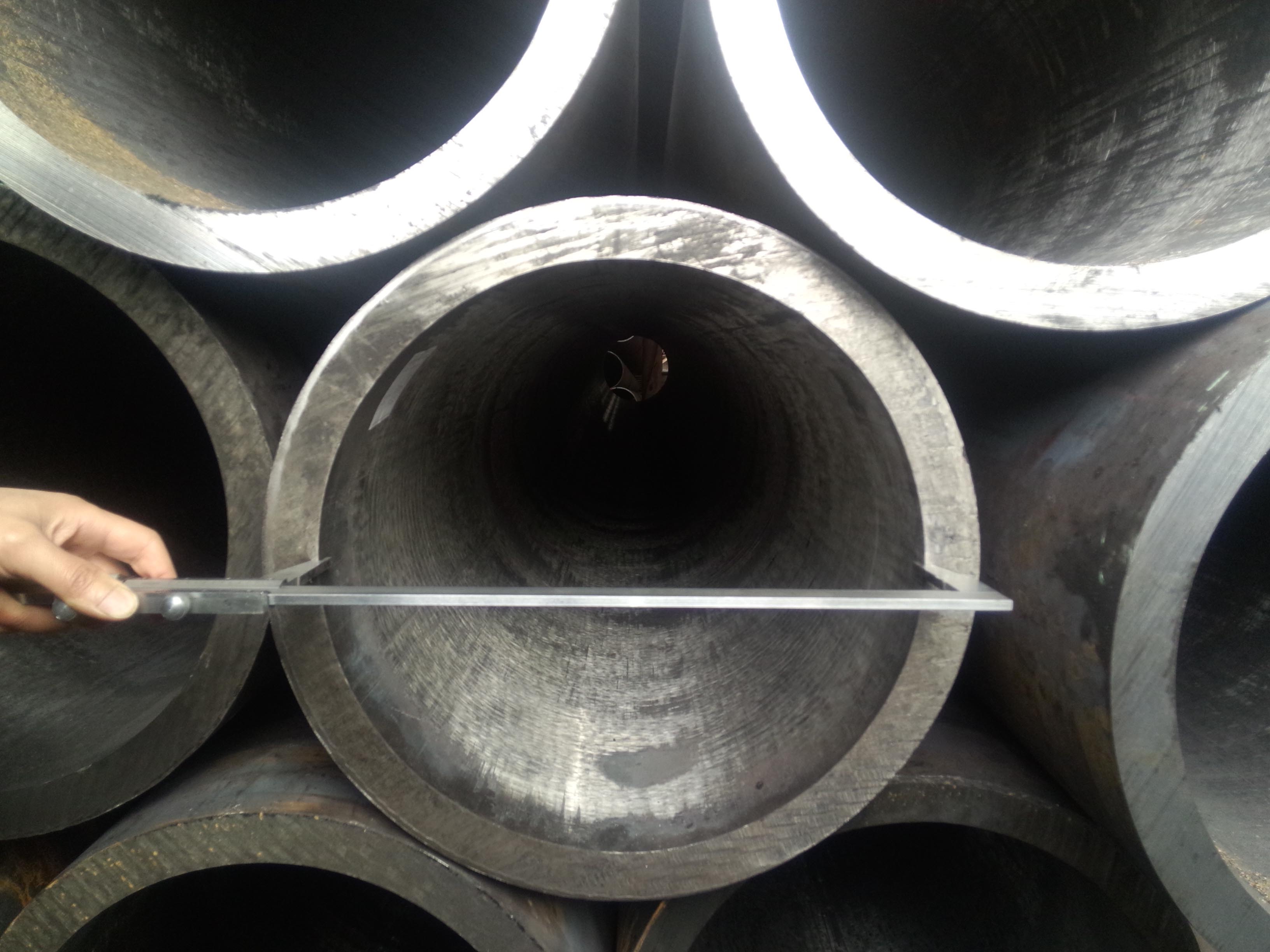 TUBE FOR PRESSURE PURPOSES
TUBE FOR PRESSURE PURPOSES -
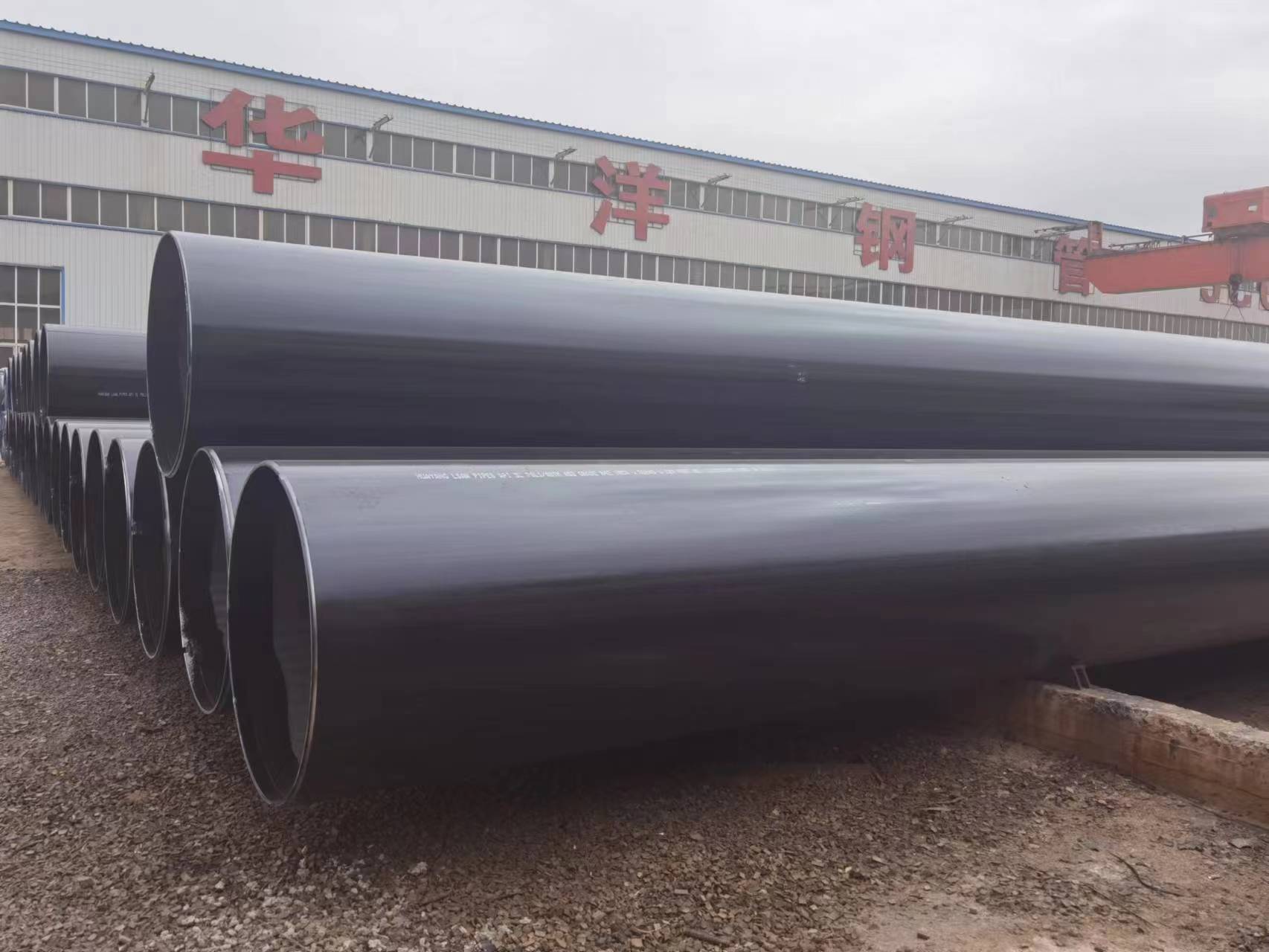 EFW Steel Pipe
EFW Steel Pipe -
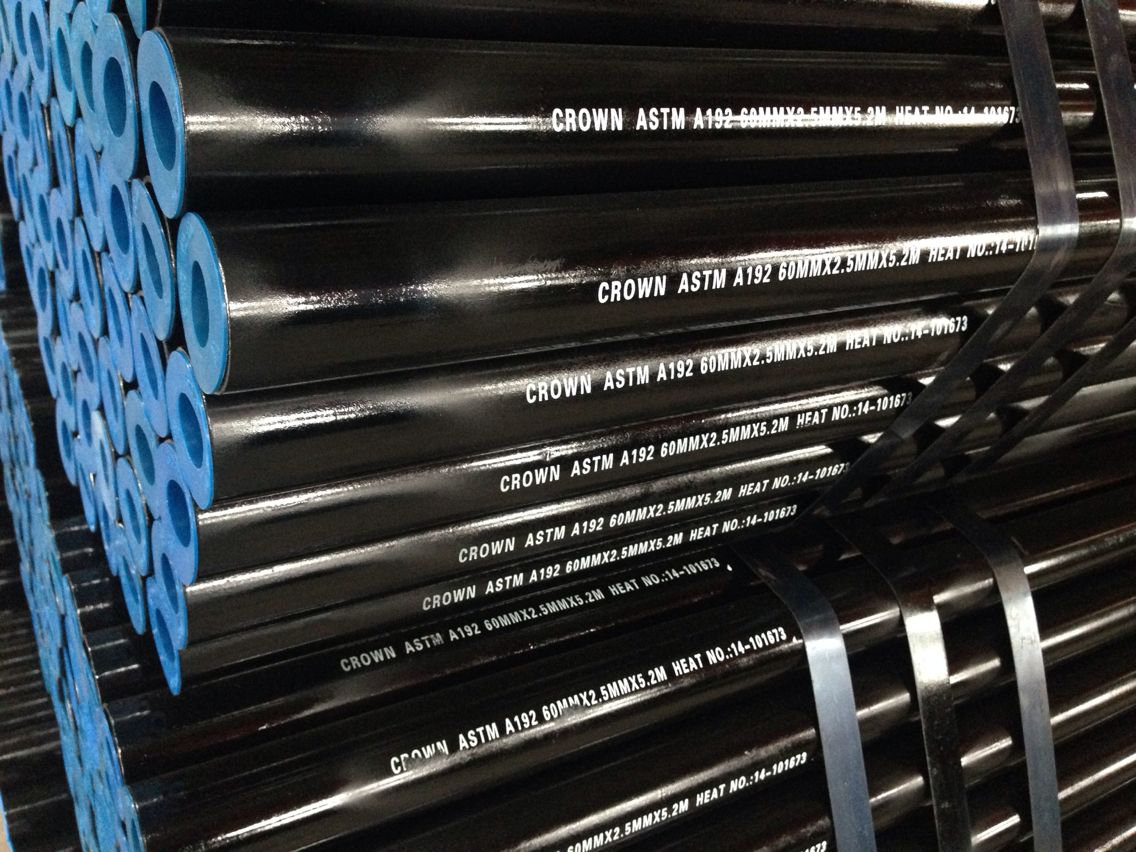 Boiler Steel Pipe
Boiler Steel Pipe -
TUBE FOR CONVEYANCE OF FLUID
-
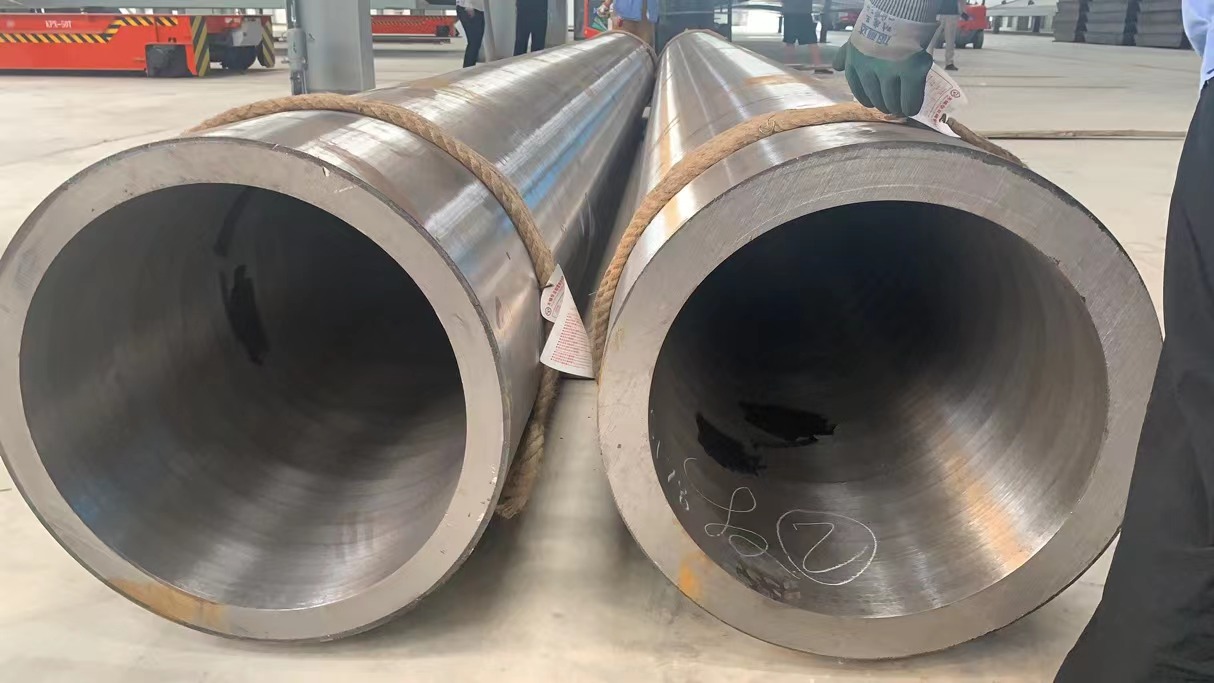 Mechanical Tube
Mechanical Tube -
 Metal welding services
Metal welding services -
 3LPE Coated Steel Pipe used in pipeline transportation
3LPE Coated Steel Pipe used in pipeline transportation -
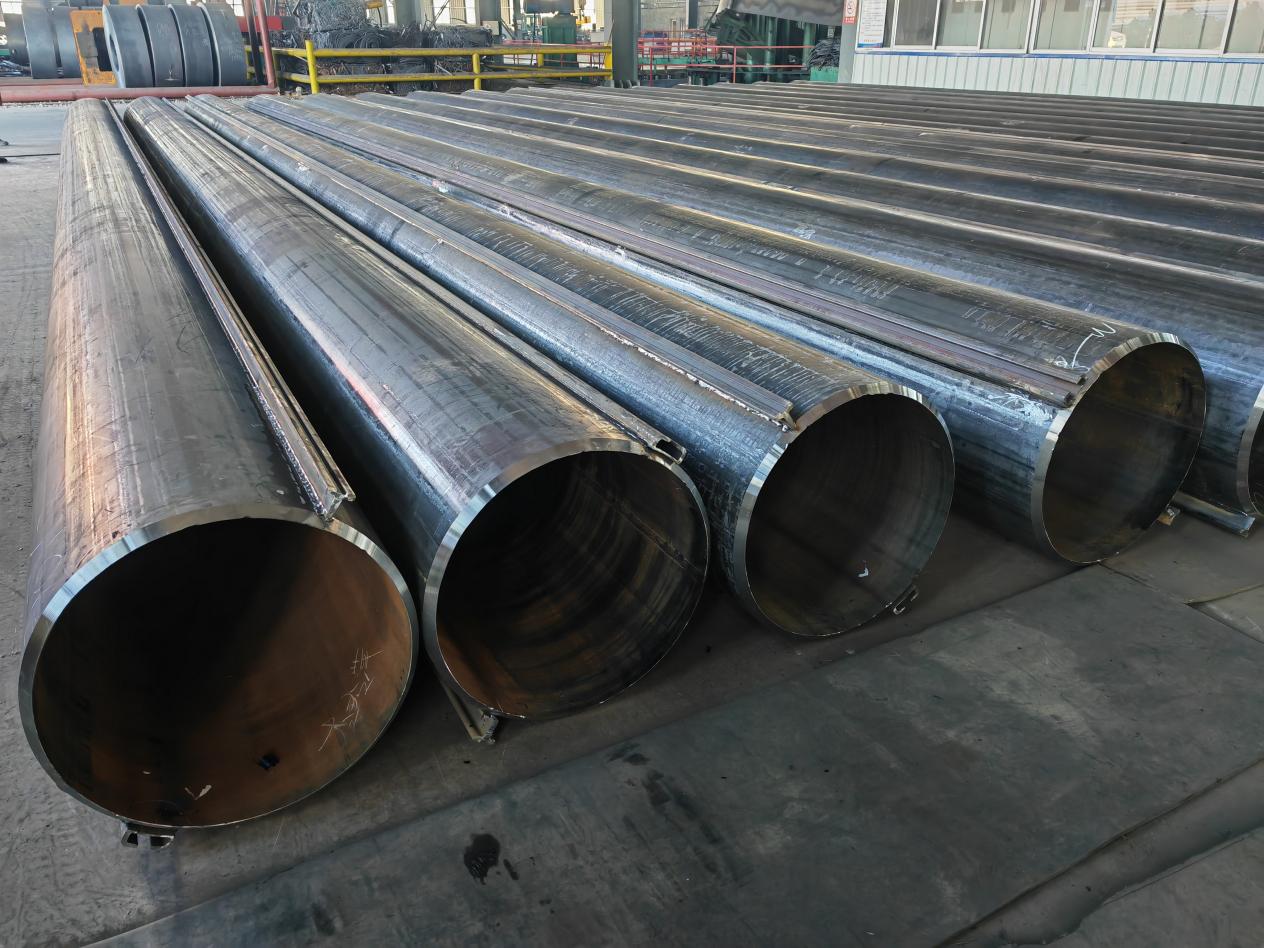 ASTM A252 Piling Pipe application in buildings and retaining walls
ASTM A252 Piling Pipe application in buildings and retaining walls -
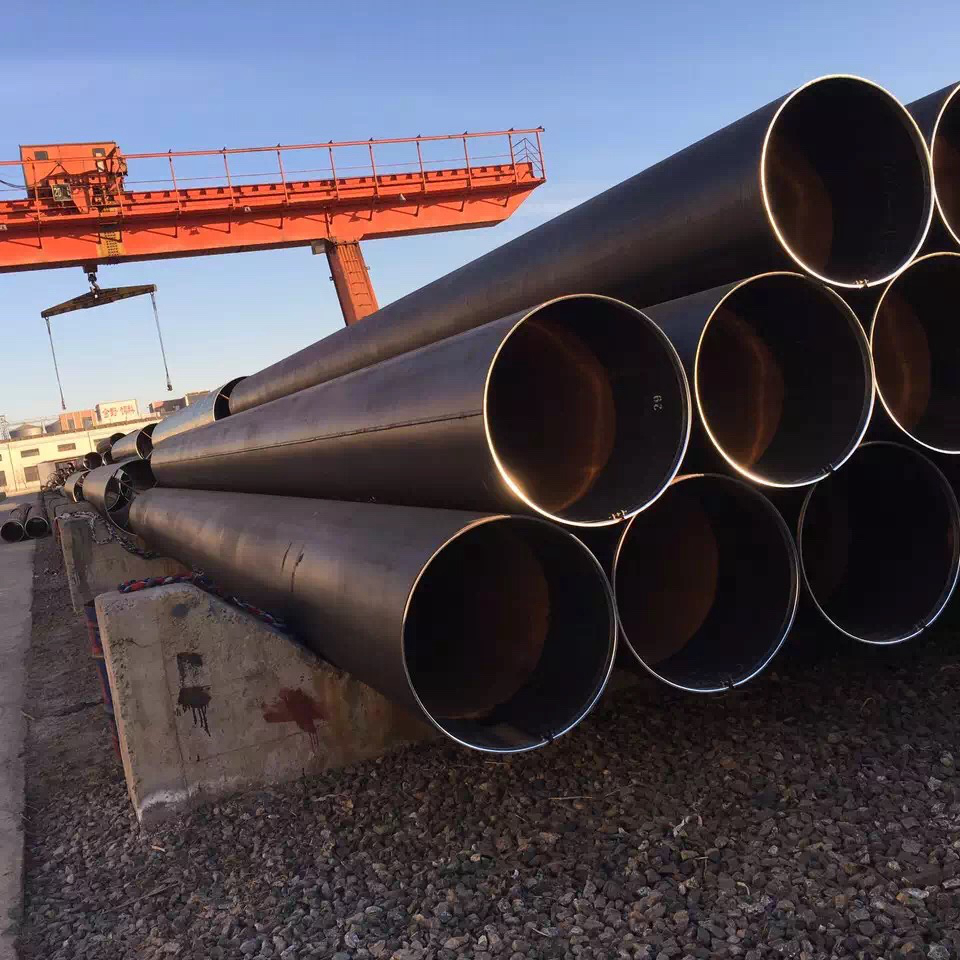 Submerged arc welded steel pipe
Submerged arc welded steel pipe -
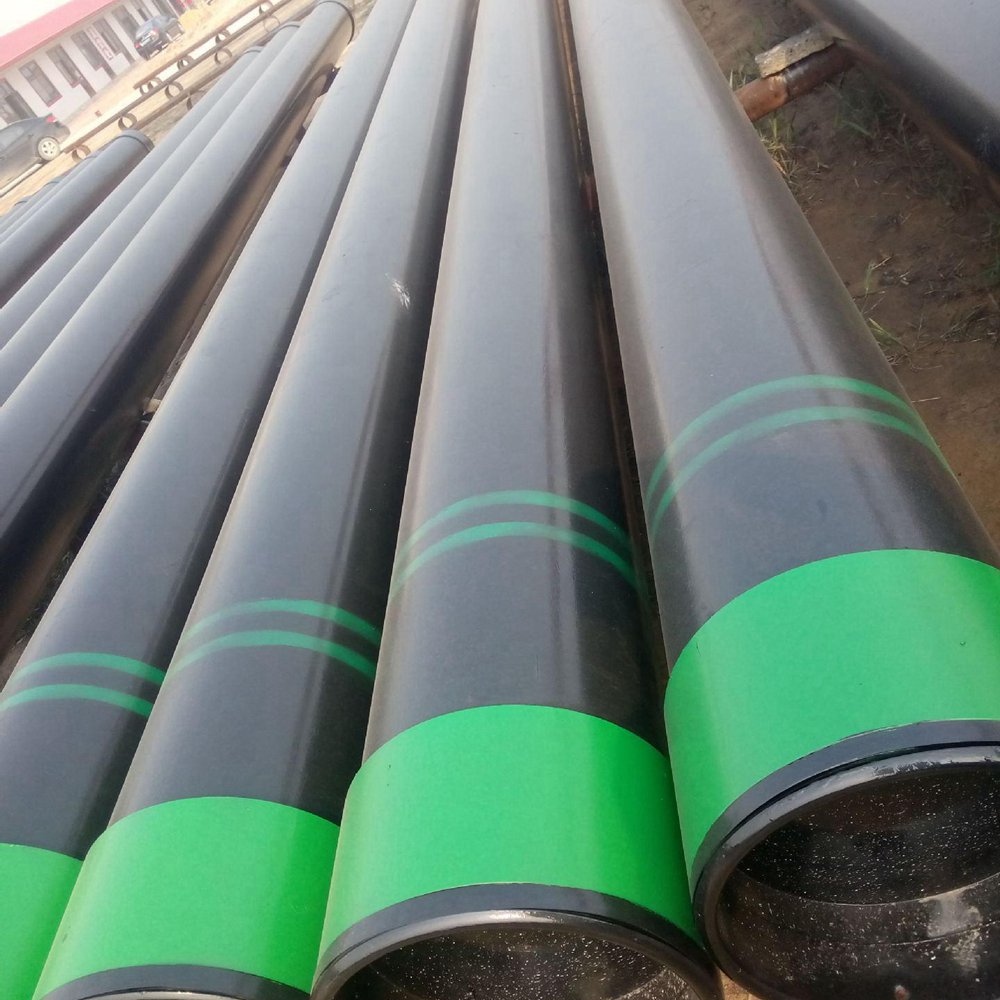 API 5CT TUBING CASING PIPE, OCTGOIL COUNTRY TUBULAR GOODS
API 5CT TUBING CASING PIPE, OCTGOIL COUNTRY TUBULAR GOODS
Produtct Title
hollow sectionRelated News
-
2024-06-20Chinese manufacturers specialize in hollow section production.China's Leading Manufacturers of Hollow Section Steel ProductsChina, known for its robust manufact
-
2024-07-27Exploring the Benefits and Applications of High-Quality Hollow Steel Structures in Modern EngineeringHigh-Quality Hollow Sections An OverviewIn the realm of construction and manufacturi
-
2024-07-27Innovative Solutions from Leading Hollow Section Manufacturers for Structural and Engineering ApplicationsHollow Section Manufacturers A Key Player in Modern ConstructionIn the world of con
-
2024-11-22How to Clean a Stainless Steel Sink-and Prevent Future ScratchesStainless steel is a timeless and durable material for sinks. But if it isn't maintained, it can build up with bacteria and grime, taking on a dingy appearance that's a stark contrast to its usual shine. Restore your stainless steel sink to its former glory and prevent stains and scratches by cleaning it regularly, which can be done with a few basic cleaning supplies.
-
2024-11-22Talk about LSAW Pipe-lsaw steel pipeLongitudinally Submerged Arc Welding Pipe is subdivided into UOE, RBE, JCOE steel pipe according to its different forming methods. Longitudinal high-frequency welded steel pipe has the characteristics of relatively simple process and fast continuous production, and has wide use in civil construction, petrochemical, light industry and other sectors. Mostly used to transport low pressure fluids or made into various engineering components and light industrial products.LSAW (Longitudinally Submerged Arc Welded Steel pipes) in leaflets plate as raw material, the steel plate in the mold or molding machine pressure (volume) into using double-sided submerged arc welding and flaring from production.
-
2024-07-11erw ms mill test certificate steel pipe supplier for high-quality construction projectsERW MS Mill Test Certificate Steel Pipe SupplierWhen it comes to sourcing high-quality steel pipes
-
2024-06-20Factory direct ERW carbon steel pipe wholesale discounts available.Wholesale Discount on ERW Carbon Steel Pipes from Leading FactoryIn the realm of industrial materi
-
2024-07-11Top suppliers offering high quality construction of cast iron pipes for saleHigh Quality Cast Iron Pipe Construction SuppliersWhen it comes to construction projects, especial
-
2024-06-21LSAW steel pipe supplier offering wholesale line pipesWholesale LSAW Steel Line Pipe Manufacturers Quality and Reliability EnsuredIn the global oil and
-
2024-11-22How to Clean Stainless-Steel Pans to Keep Them Looking Brand-NewStainless-steel pans are a staple in any cook's kitchen for good reason. This durable cookware heats up quickly and evenly, retains heat well, and doesn't require special utensils or tricky maintenance like cast-iron skillets, which require re-seasoning every so often. And since the material is non-reactive, you can cook just about anything in a stainless-steel pan without worrying about damaging the surface.
-
2024-01-25What Is Stainless Steel? Properties and ApplicationsThe demand for stainless steel is increasing at a whopping 5% each year. In 2019, its global production reached over 52 million tons.At present, a wide number of industries utilise stainless steel. Aside from traditional and marine constructions, household appliances are also experiencing a rise in usage.
-
2024-07-11Leading manufacturer of wholesale industrial construction pipes specializing in quality and durability.Wholesale Industrial Construction Pipe Manufacturer Industrial construction projects require high-
-
2024-06-18API 5L X70 steel pipes are high-strength seamless pipes used in oil and gas industries.API 5L X70 Steel Pipe A Vital Component in Modern Pipeline InfrastructureAPI 5L X70 steel pipe, a
-
2024-06-27ERW Steel Pipes and Tubes A Comprehensive Guide to Manufacturing and ApplicationsERW Steel Pipe and Tube A Revolutionary Innovation in the Construction IndustryThe construction in
-
2024-11-22SAW vs ERW and EFW Welded Steel Pipe-How to Clean Stainless Steel and Make it SparkleStainless steel is extremely popular in kitchens, but whether it’s on the oven, the fridge, or the appliances, stainless steel is prone to showing marks. So, to restore your kitchen’s sparkling exterior, we are sharing our top stainless-steel cleaning tips with you.
-
2024-01-31ERW and EFW Steel Pipe-How to Cut Steel Pipe at Home?Cutting steel pipe is a skill that many DIYers and professionals alike need to learn. Depending on the project, sometimes you’ll need to cut steel pipe in order to get the job done. While it may seem intimidating, cutting steel pipe can be done with a few simple tools and some know-how. In this blog post, we’ll cover how to cut steel pipes safely and correctly at home.What You Need
-
2024-07-20Top Quality API ERW Steel Pipe Exporter for All Your Industrial Needs and ApplicationsAPI ERW Steel Pipe Exporter A Key Player in Global ManufacturingIn the realm of mod
-
2024-07-30Top structural steel pipe supplier providing high-quality products for construction projectsHigh Quality Structural Steel Pipe SupplierWhen it comes to construction projects, choosing high-q
-
2024-11-22Stainless steel-Why is Stainless Steel Magnetic?People often use the magnet to absorb stainless steel to verify its pros and cons. If the magnet does not absorb stainless steel, it is non-magnetic, which is considered to be good, and the price is genuine. If it is adsorbed, it is magnetic and is considered to be a counterfeit. In fact, this is an extremely one-sided, unrealistic method of identification.There are many types of stainless steel, which can be divided into several categories according to the organizational structure at room temperature:Austenitic type: such as SUS304, SUS321, SUS316, SUS310, etc.;Martensite or ferrite type: such as SUS430, SUS420, SUS410, etc.;The austenite type is non-magnetic or weakly magnetic, and martensite or ferrite is magnetic.
-
2024-07-16China steel pipe supplier providing quality and reliable steel pipe products for industrial use.China Steel Pipe Supply Factory is a leading manufacturer and supplier of steel pipes in China. W
Related Search
- hollow section
- high quality hollow section
- china hollow section
- wholesale hollow section
- hollow section exporter
- hollow section factory
- hollow section factories
- hollow section manufacturers
- hollow section supplier
- hollow section manufacturer
- hollow section exporters
- hollow section suppliers
- wholesale hollow section factory
- wholesale hollow section manufacturer
- wholesale hollow section factories
- wholesale hollow section exporters
- wholesale hollow section supplier
- wholesale hollow section manufacturers
- wholesale hollow section suppliers
- wholesale hollow section exporter
- china hollow section factory
- china hollow section manufacturer
- china hollow section factories
- china hollow section exporters
- china hollow section supplier
- china hollow section manufacturers
- china hollow section suppliers
- china hollow section exporter
- high quality hollow section factory
- high quality hollow section manufacturer


